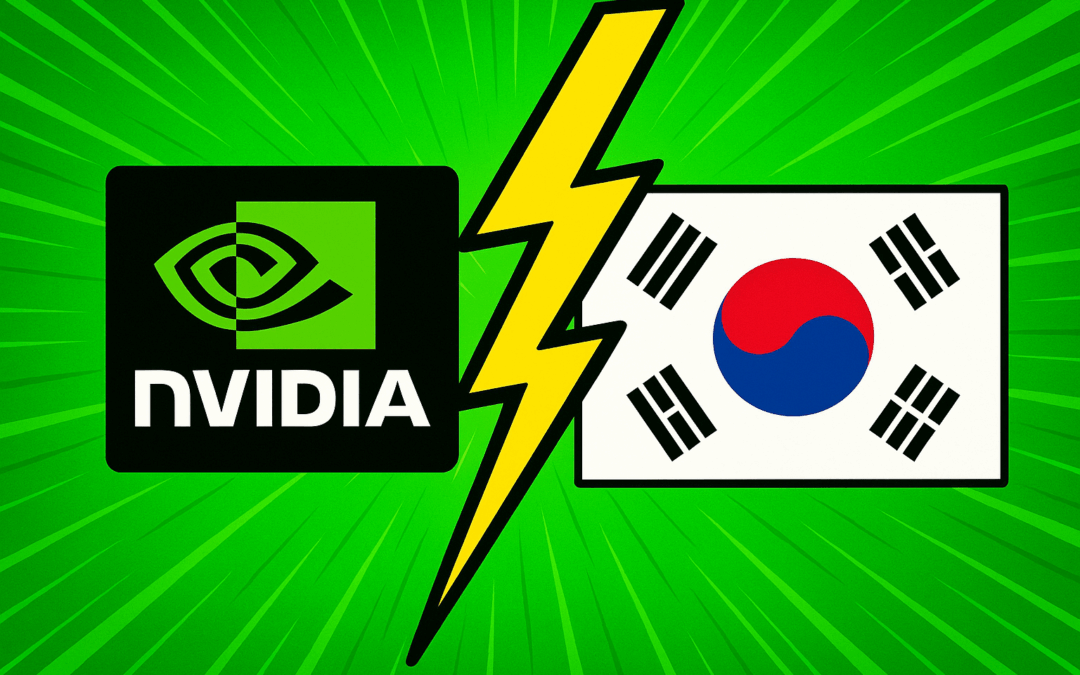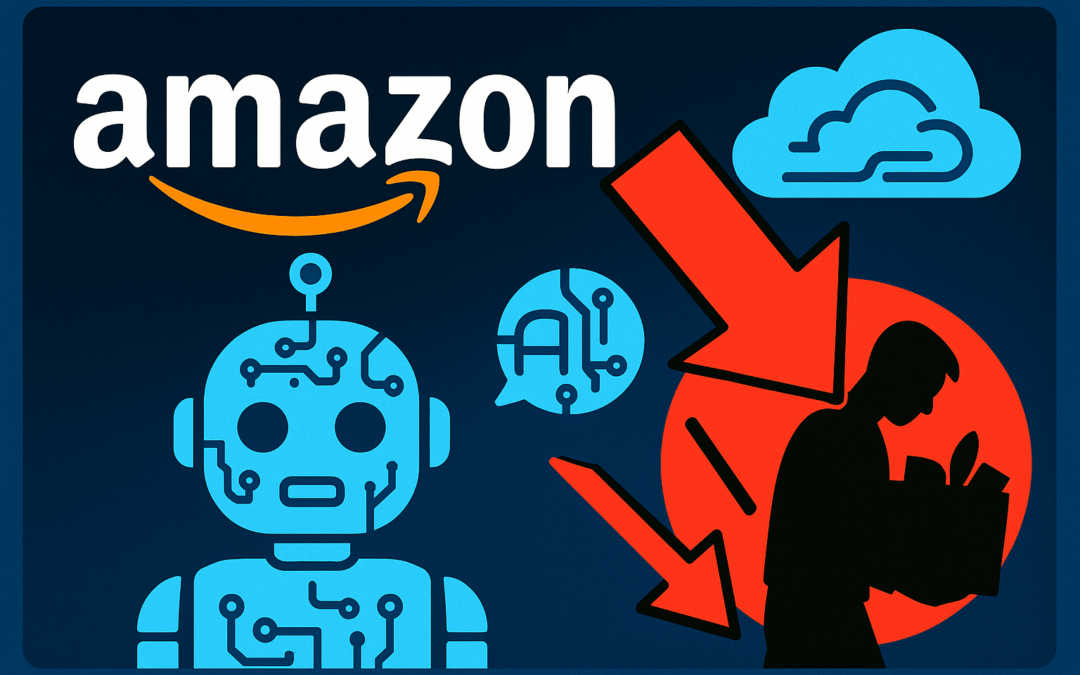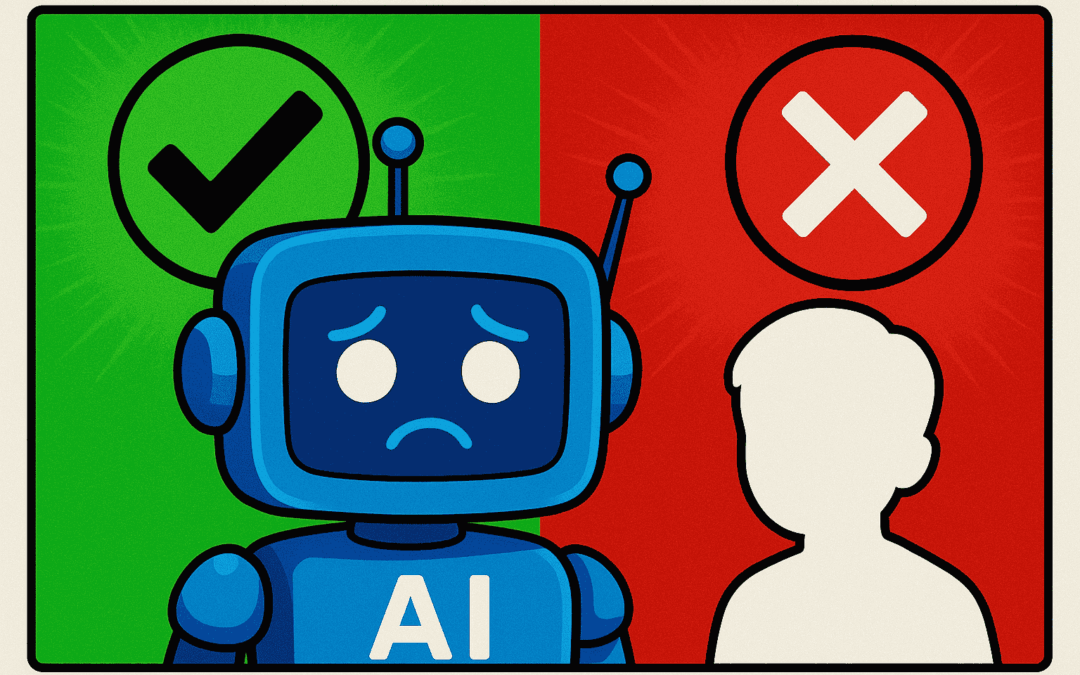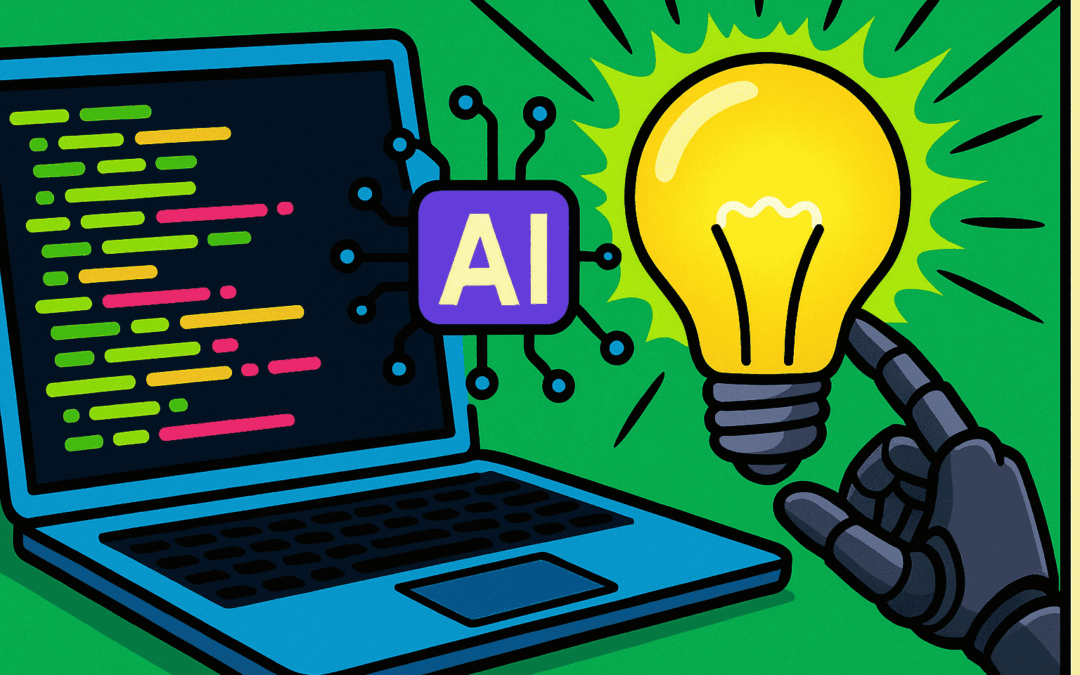Amazon’s recent organizational changes highlight a sharp pivot toward artificial intelligence and generative AI infrastructure, with workforce reductions fueling deeper investments in AI-powered tools and cloud services.
This shift signals new opportunities—and challenges—for developers, startups, and AI professionals across global tech ecosystems.
Key Takeaways
- Amazon is restructuring several divisions, cutting jobs to free up resources for its AI and cloud initiatives.
- The company prioritizes AI-driven infrastructure, such as its AWS Bedrock LLM service, over declining or non-core business units.
- This move reflects intensifying big tech competition around AI platforms and the race to lead generative AI deployment globally.
- Developers and startups may find new opportunities—but also face evolving requirements and integration challenges—around Amazon’s expanding AI toolset.
Amazon’s Strategic Shift: Accelerating AI and Cloud
Amazon announced substantial layoffs targeting its Buy with Prime unit, Alexa division, and certain physical store teams (AImagazine).
This mirrors similar AI realignment by industry rivals like Microsoft and Google, who also prioritized generative AI research and productization in 2023 and 2024 (Reuters).
Amazon is doubling down on AI infrastructure, positioning AWS as a foundational hub for next-generation LLMs and enterprise-grade generative AI solutions.
By trimming resources from underperforming segments like certain Alexa and retail teams, Amazon redirects capital and talent toward its core AI cloud stack.
The company’s approach focuses not only on building proprietary LLMs but also democratizing access through managed services like AWS Bedrock, Rivet, and Titan.
This allows businesses and startups to leverage advanced AI without full in-house development, heightening AWS platform stickiness and engagement.
Implications for Developers, Startups, and AI Professionals
- For Developers: Expanded AI cloud tools via AWS necessitate upskilling in prompt engineering, model fine-tuning, and API integration. Early adoption may offer a competitive edge but demands attention to evolving best practices and compliance guidelines.
- For Startups: Amazon’s expanded generative AI services lower technical barriers for scaling intelligent products. However, heavy reliance on AWS may introduce new vendor lock-in risks and pricing sensitivities as AI infrastructure matures.
- For AI Professionals: The shift creates aggressive hiring and talent acquisition for AI roles (e.g., model training, responsible AI, cloud engineering). Redundant non-AI roles may depress short-term job markets, but longer-term opportunities abound for those versed in large language models and machine learning operations.
Big tech’s AI pivot is reshaping career trajectories, business models, and the competitive landscape—Amazon’s moves will ripple across multiple sectors for years to come.
Real-world enterprise adoption remains at early stages, though rapid advances in open-source models (see Meta’s Llama, Google’s Gemini, and OpenAI’s GPT-4o) intensify market pressure on AWS, Azure, and Google Cloud to deliver best-in-class AI inference, training, and UI tools (Wall Street Journal).
Looking Forward: The Next Phase of AI-Driven Cloud
Amazon’s workforce and resource reallocation illustrates an emerging industry reality: Generative AI isn’t just a trend, it’s a decisive restructuring force for the platforms that underpin the digital economy.
While some legacy investments become casualties, the shift unlocks new opportunities for architects, data scientists, and innovators eager to shape the next era of digital intelligence.
Source: AImagazine











